Oct 28, 2025
The piston rod is critical to a pneumatic cylinder. In rod-type cylinders, it transmits the piston's linear motion to the external load, serving as the key cylinder part that transfers the movement of the piston to external mechanical mechanisms.
It must simultaneously withstand thrust, tensile forces, friction, torque, and rotational forces, requiring the piston rod to possess high strength, high hardness, as well as excellent corrosion and wear resistance. In the selection process, the material type and maintenance of the piston rod have become critical considerations that cannot be overlooked, whether for standard or custom cylinders.
The piston rod is an essential component of pneumatic assemblies kit and serves as a key action part of the cylinder, while also fulfilling several other important functions.
Power Transmission: Transmits the thrust or pulling force generated by the piston inside the cylinder to external mechanisms, enabling linear motion.
Guidance and Support: Works in conjunction with the guide bushing to ensure the accuracy of the piston's linear motion and prevent eccentric loading.
Seal Interface Support: Cooperates with sealing rings to maintain the sealing integrity of the cylinder chambers, preventing air leakage or dust ingress.
Carbon Steel Piston Rod:This type of piston rod is mainly made of carbon steel with a carbon content of 0.45%, which belongs to the medium carbon steel category featuring a balanced combination of strength and hardness.
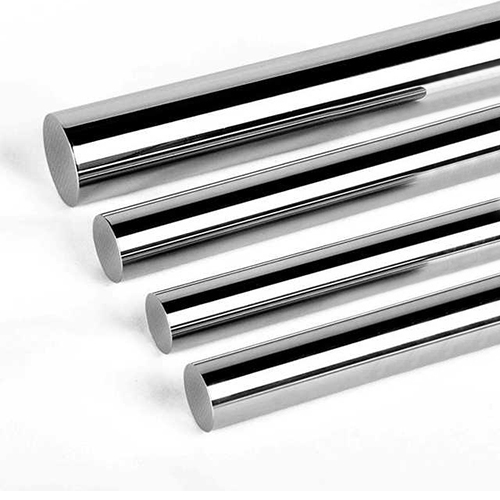
Stainless Steel Piston Rod:This type of piston rod is primarily manufactured from stainless steel, making it particularly suitable for pneumatic systems that require excellent corrosion resistance, cleanliness, and environmental adaptability.
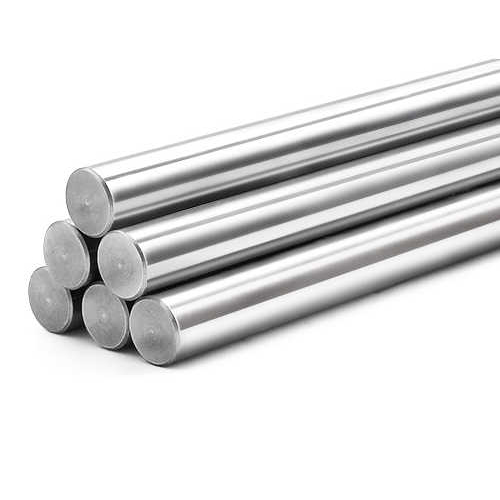
Hollow Stainless Steel Piston Rod:This is a hollow stainless steel piston rod that combines the corrosion resistance and strength of stainless steel with a hollow interior structure to reduce weight and achieve a more lightweight design.
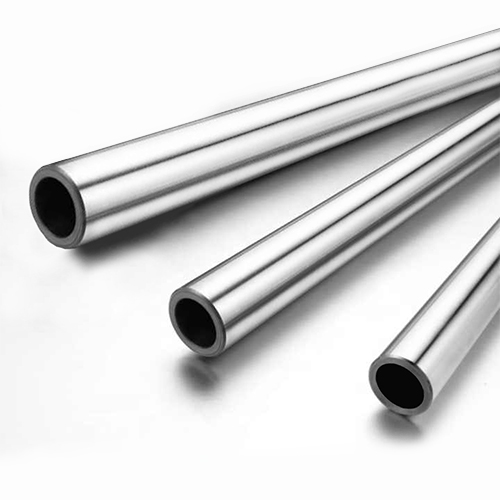
Carbon Steel Piston Rod: High strength, cost-effective, typically requires surface treatment (e.g., chrome plating) for enhanced corrosion and wear resistance.
Stainless Steel Piston Rod: Excellent corrosion resistance, suitable for harsh environments (e.g., moisture, chemicals), maintains appearance, often has a lower hardness compared to hardened carbon steel.
Hollow Stainless Steel Piston Rod: Reduces overall weight, allows for the passage of fluids, wires, or sensors through the center, offering design flexibility for specific applications.
Keep Clean: Dirt, metal chips, or grease adhering to the piston rod can cause scratches or wear on the rod itself and other seals.
Prevent Side Loads: Ensure the piston rod and load are aligned coaxially to avoid bending of the rod or wear on guide components due to misalignment or side loads.
Prevent Rotation: If the piston and rod are connected via threads, consider using a non-rotating cylinder type to reduce premature wear and loss of precision caused by rod rotation.
Regular Lubrication: Lubricating the contact surface between the guide bushing and the piston rod provides optimal maintenance and performance.
Installation of tie rods: By applying uniform preload force, the tie rod ensures precise alignment of the front cover, cylinder barrel, and rear cover, which can minimize eccentric wear and jamming to the greatest extent.
Material:The mechanical strength and corrosion resistance of the piston rod greatly affect the service life of the cylinder,Common piston rod materials include carbon steel, alloy steel, and stainless steel, among others.
Diameter and Strength:The diameter of the piston rod determines the output force of the cylinder and should be selected according to the system's working pressure and load requirements.
Surface Treatment:The surface quality of the piston rod directly affects the internal friction and transmission efficiency of the cylinder, with common surface treatments including hard chrome plating, nitriding, mirror polishing, and nickel plating.
Length and Stroke:The length of the piston rod directly affects the stroke of the cylinder, but excessive length may lead to instability.
Anti-Rotation and Guidance:To maintain the linear motion accuracy of the piston rod and prevent rotation or deviation, guide blocks or external guide rods can be added.
Operating Environment:In humid environments, stainless steel or nickel-plated piston rods should be used; in dusty environments, dust seals and hardened surface treatments are recommended; in high-temperature environments, heat-resistant materials and sealing components are required.
The piston rod is the core Energy conversion component of a cylinder. Through proper material selection, correct installation, prevention of rotation and side loads, along with regular lubrication and inspection, stable cylinder operation, long service life, and easy maintenance can be ensured.
Pneumatic company Fokca offers a wide range of pneumatic products, including pneumatic control components, actuation components, transmission components, sealing and damping components, air treatment components, and more. We also support OEM customization services. Visit our official website to learn more.
You May Interest In
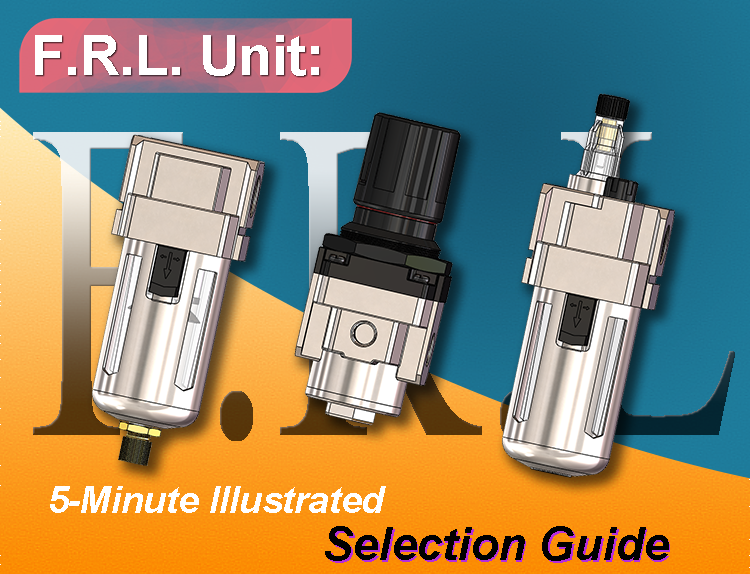
Dec 05, 2025 Blog
FRL: A 5-Minute Illustrated Selection Guide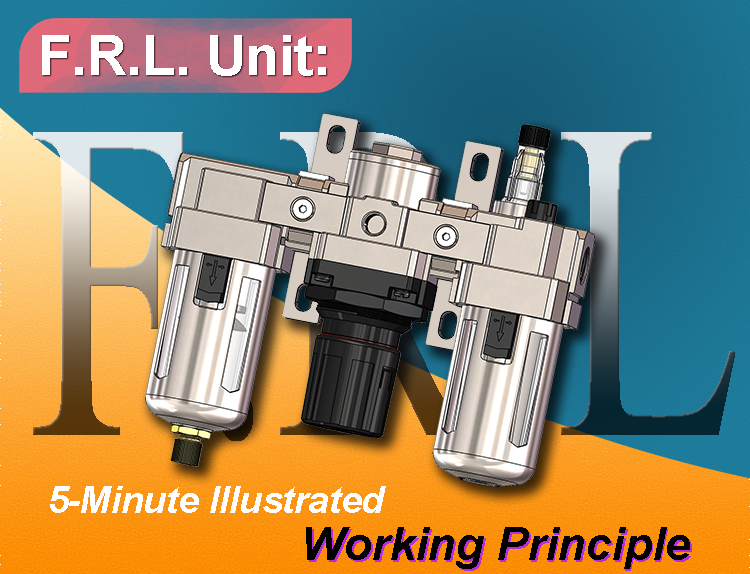
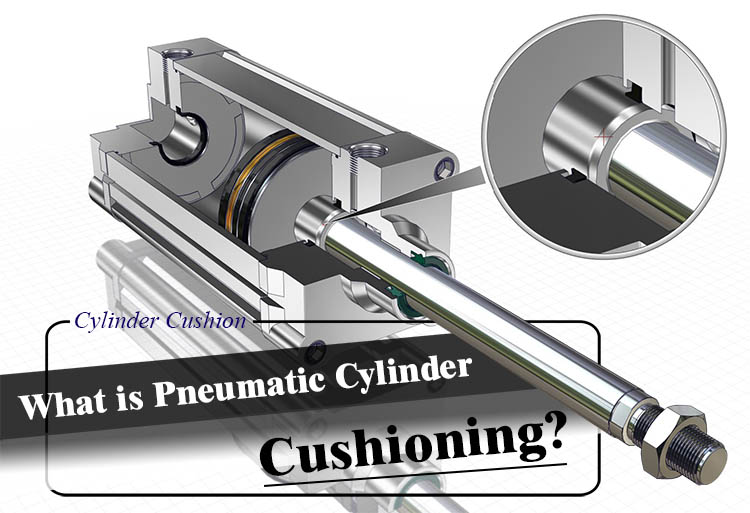
Nov 10, 2025 Blog
What is Pneumatic Cylinder Cushioning?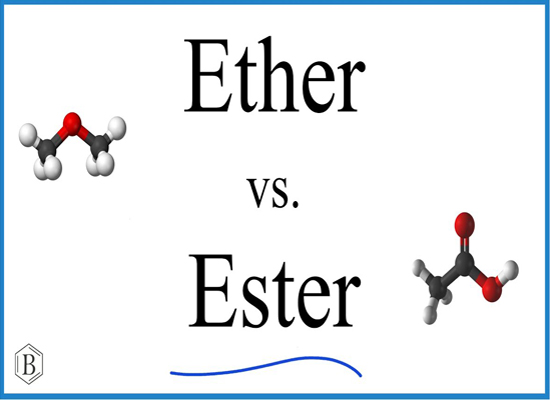
Nov 04, 2025 Blog
How to remember ester vs ether quickly?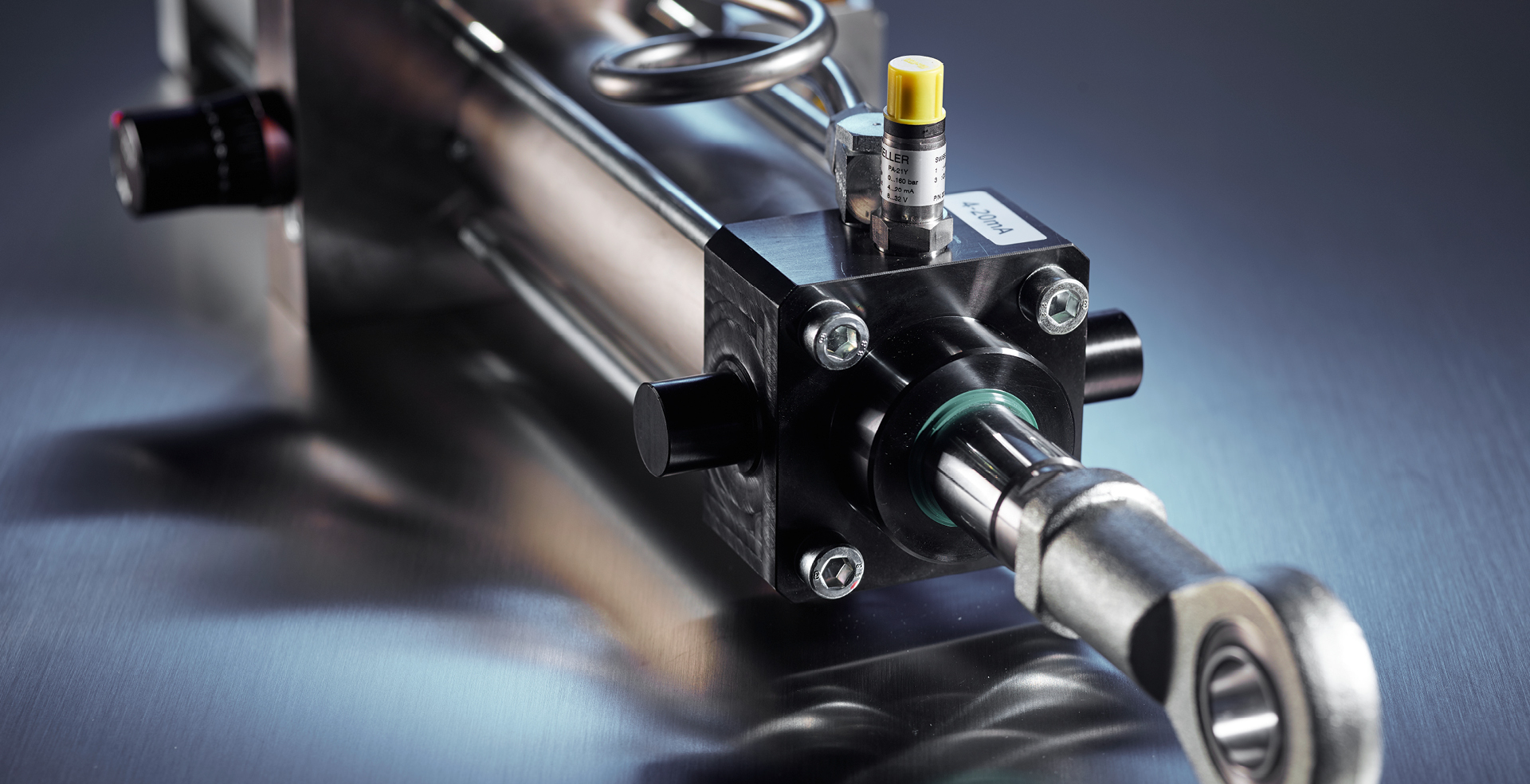
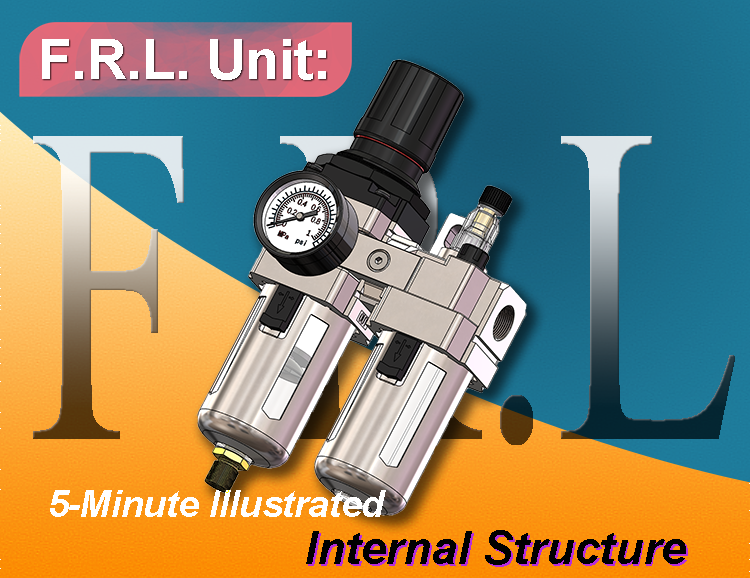
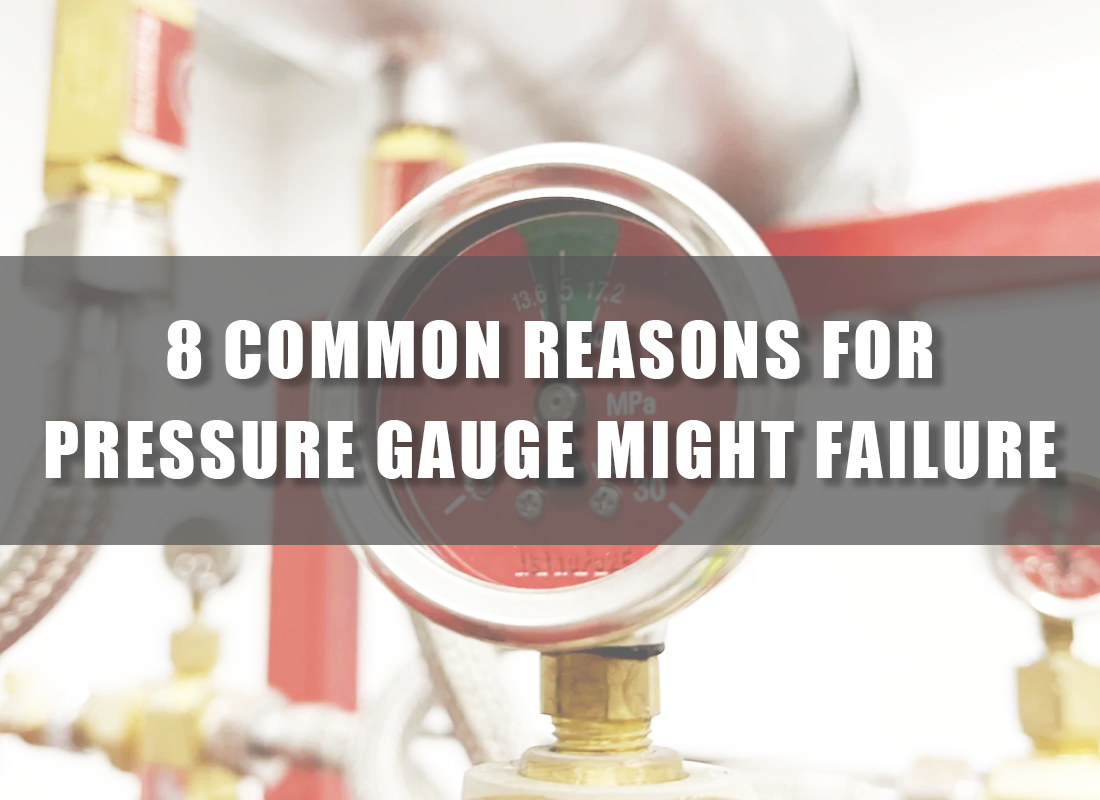
Oct 24, 2025 Blog
8 common reasons for pressure gauge might failure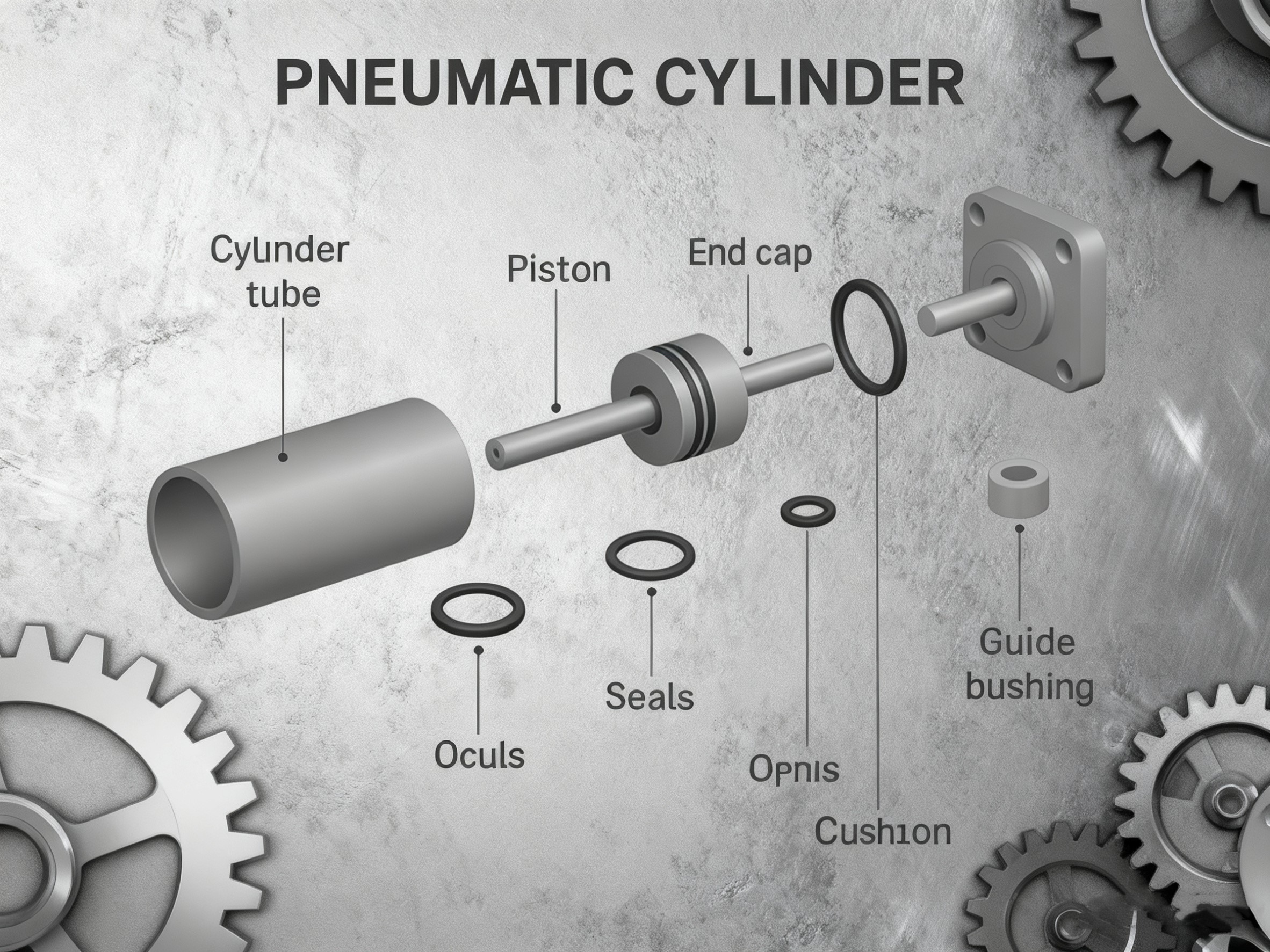
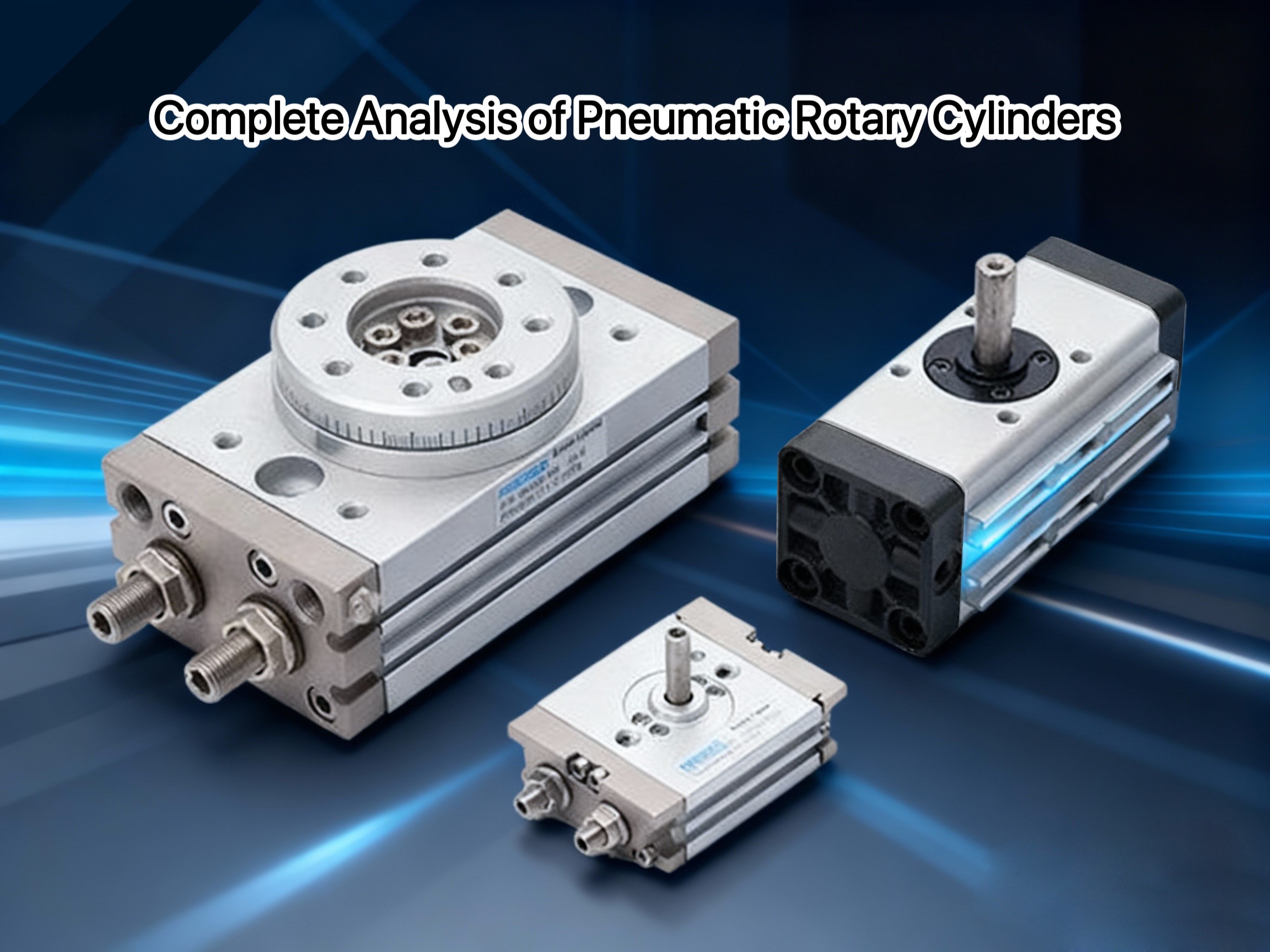
Aug 01, 2025 Blog
Complete Analysis of Pneumatic Rotary Cylinders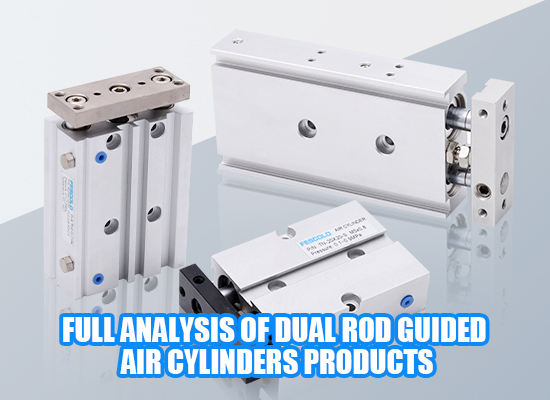
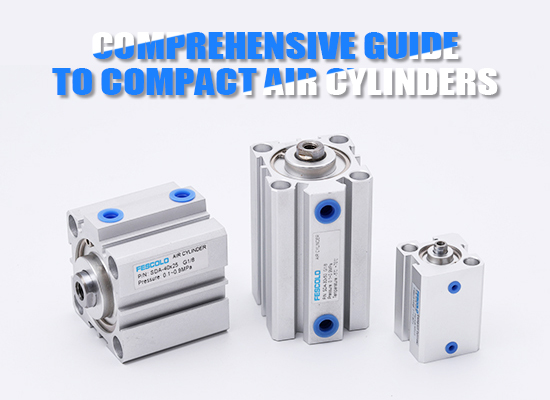
Jul 30, 2025 Blog
Comprehensive Guide to Compact Air Cylinders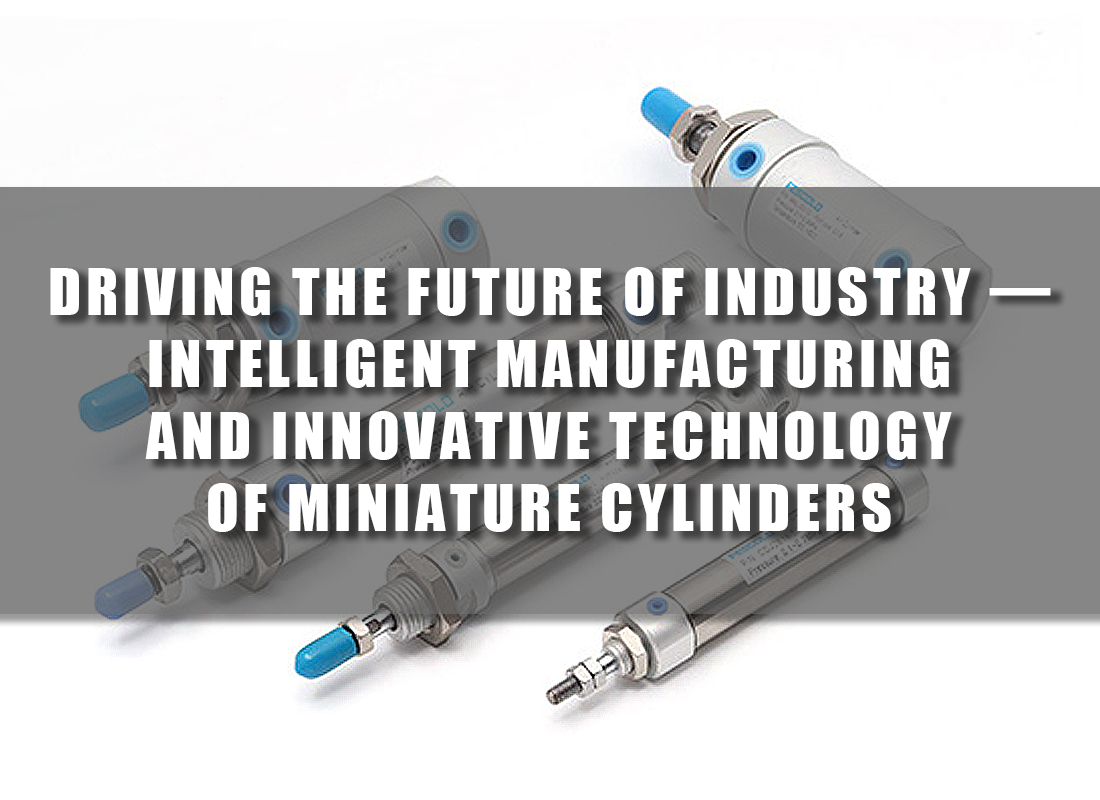
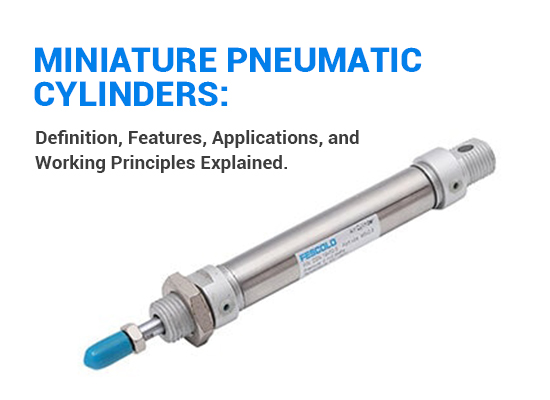
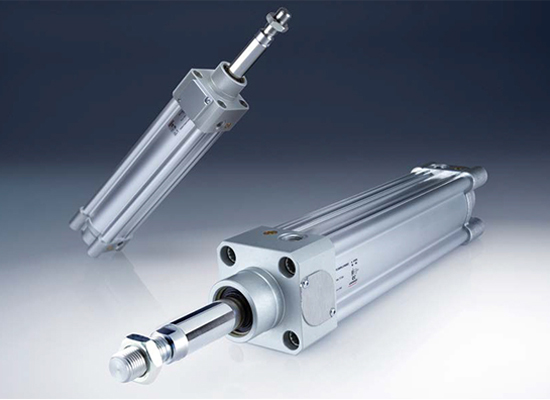
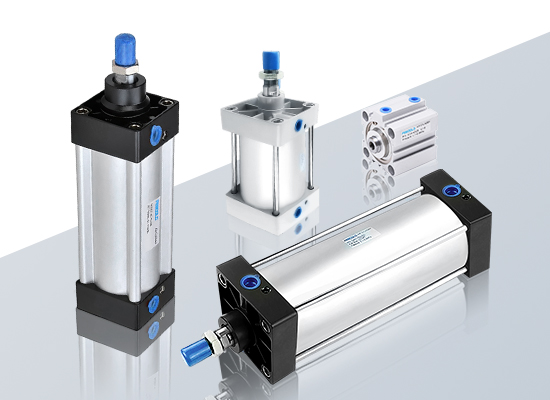
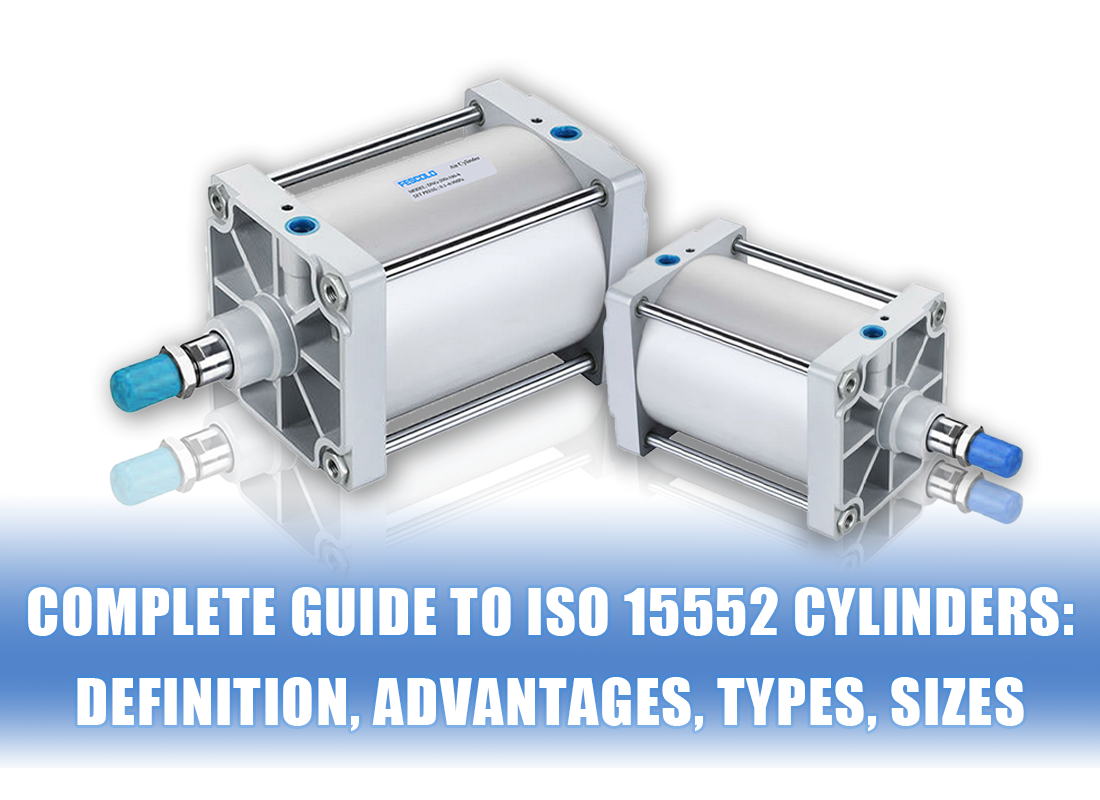
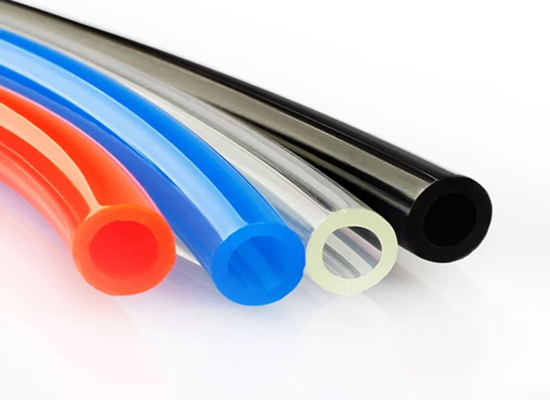
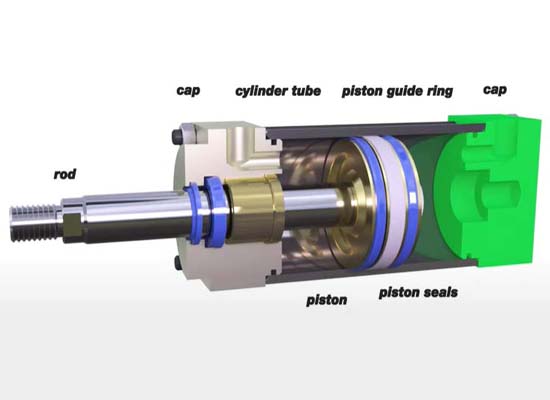
Apr 23, 2025 Blog
Exploring the Critical Parts of a Pneumatic Cylinder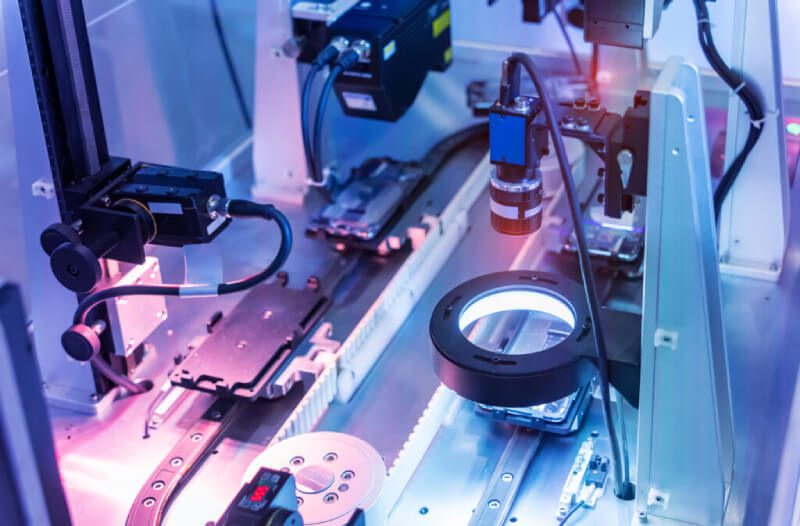
Apr 23, 2025 Blog
anti-rotation cylinder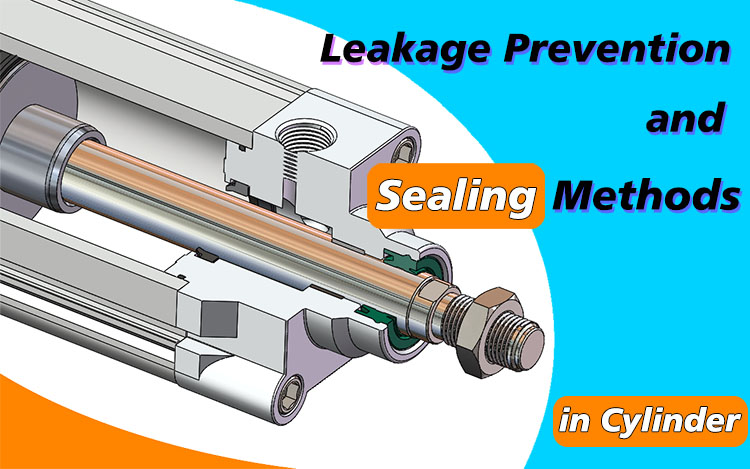
Mar 28, 2025 Blog
Leakage Prevention and Sealing Methods in Cylinder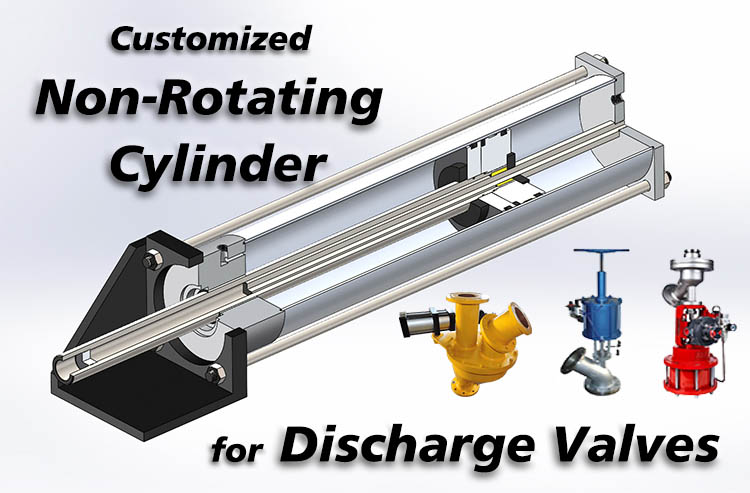
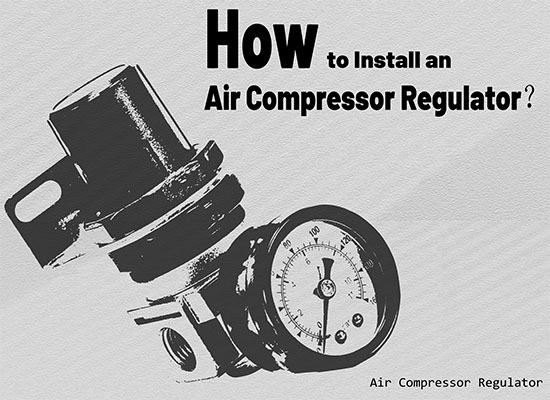
Mar 18, 2025 Blog
How to Install an Air Compressor Regulator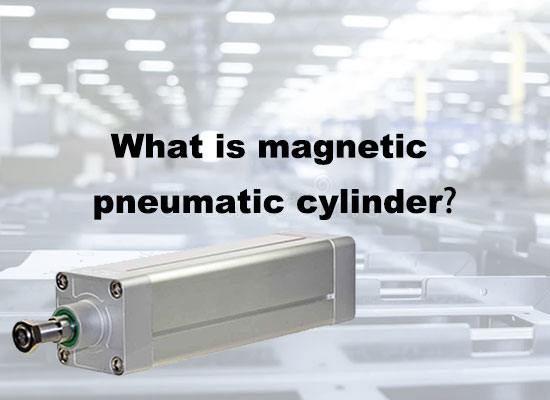
Mar 13, 2025 Blog
What is Magnetic Pneumatic Cylinders?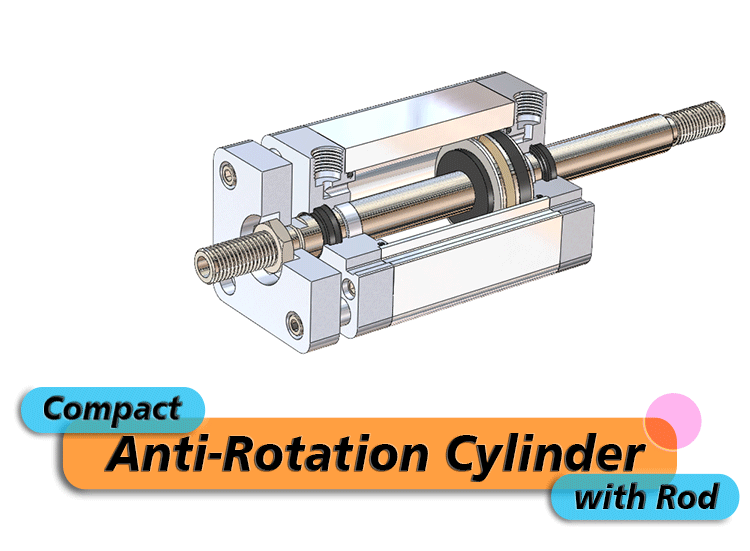
Mar 10, 2025 Blog
Compact Anti-Rotation Cylinder with Rod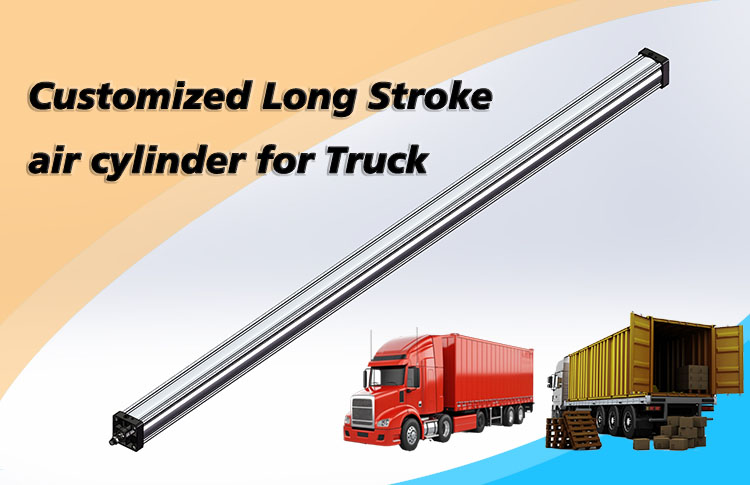
Mar 10, 2025 Blog
Customized Long Stroke Air Cylinder for Truck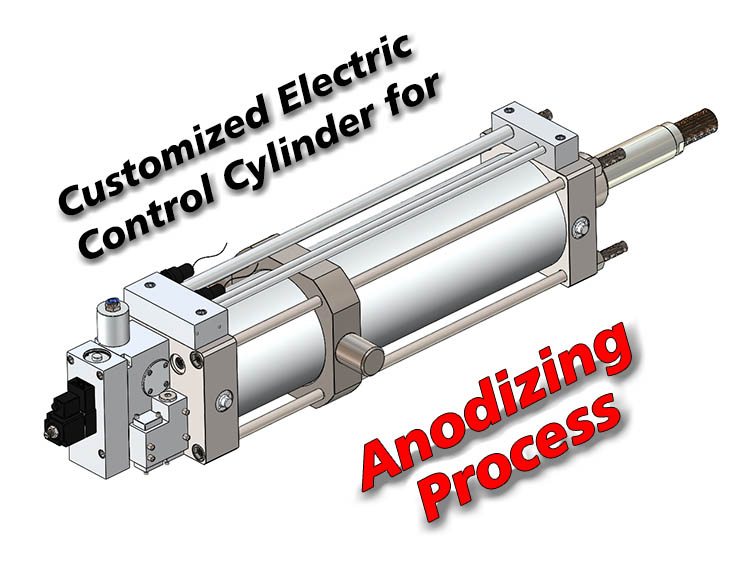
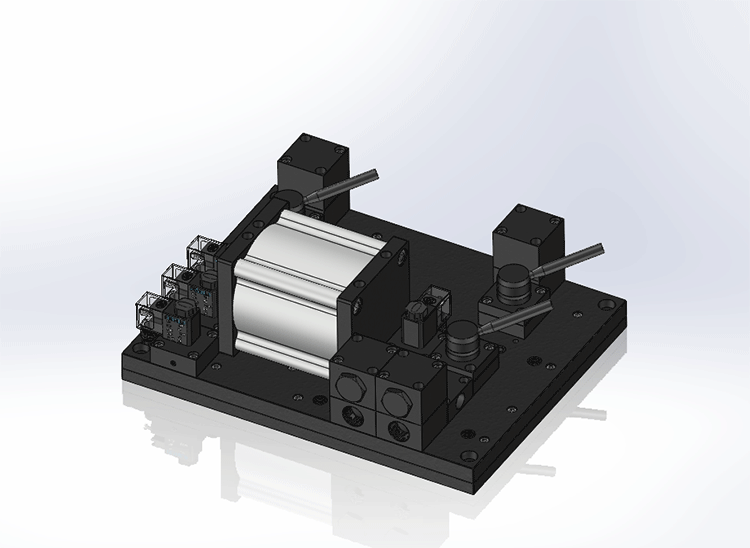
Mar 10, 2025 Blog
Customized Combination Manifold Valves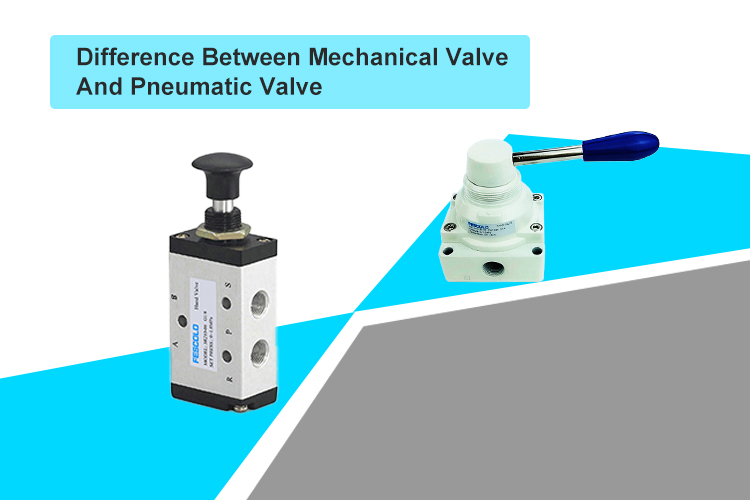
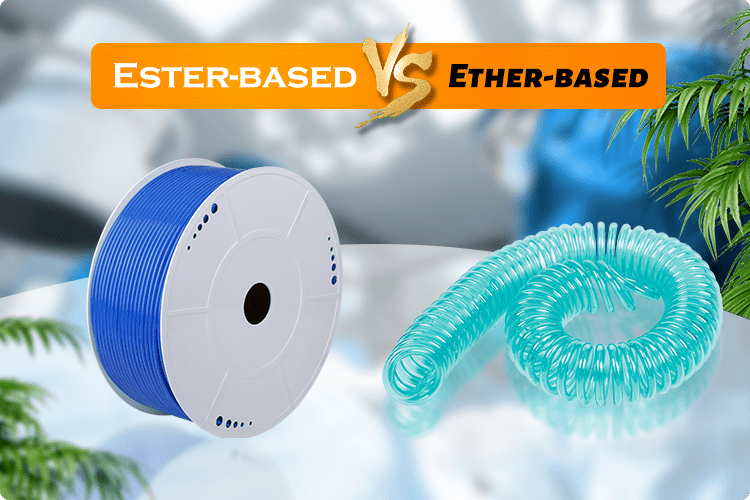
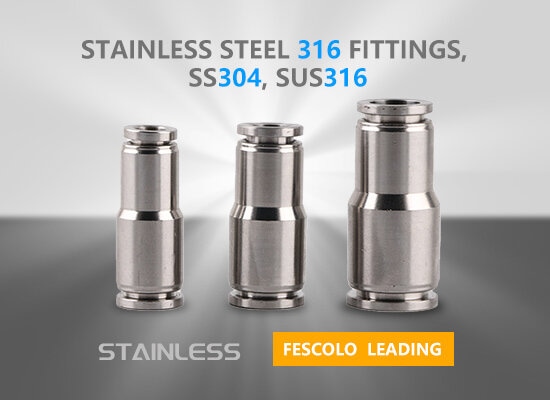
May 16, 2019 Blog
STAINLESS STEEL 316 FITTINGS, SS304, SUS316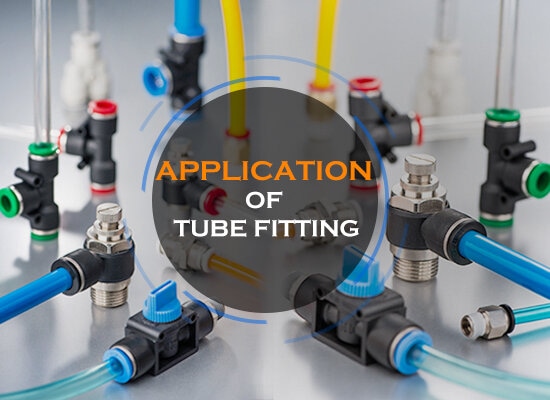
May 03, 2018 Blog
Application Of Tube Fitting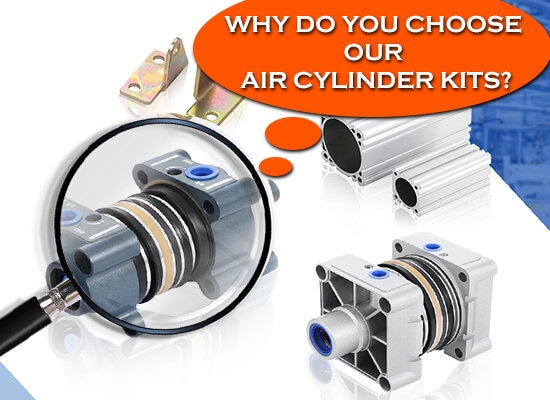
Jun 08, 2018 Blog
Why Do You Choose Our Air Cylinder kits?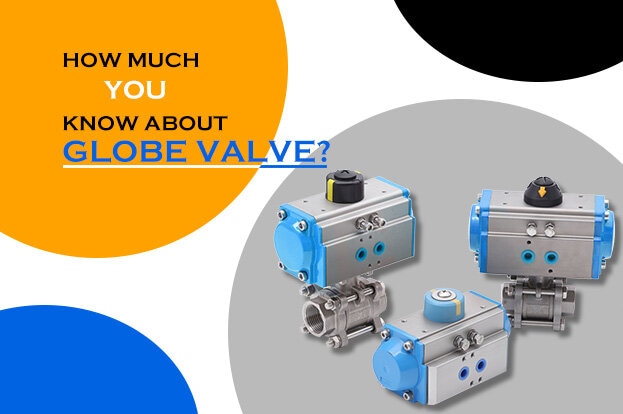
Feb 09, 2018 Blog
How much you know about globe valve?FOKCA ©1998-2025 Fescolo Pneumatic All Rights Reserved Sitemap